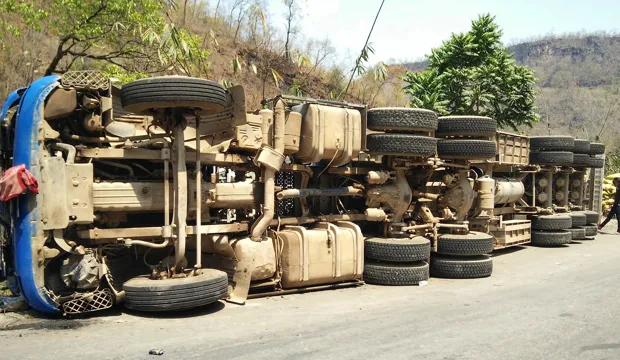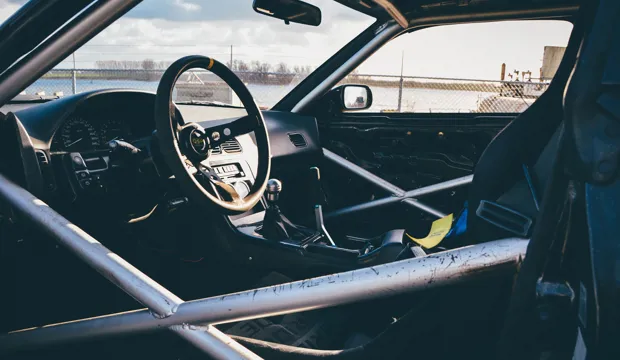
How to make a cardboard car
Design and make a card model of a car body from a net
In this engaging engineering activity for kids, pupils will learn about nets, wheels, and axles. They will combine these technologies to make the base and body for a cardboard car.
This activity introduces and builds on knowledge of nets to make a complex three-dimensional shape suitable for the body shell of a car. It could be used at KS1 to develop practical skills making nets.
Activity: How to make a cardboard car
In this activity pupils will make a card model of a car body from a net.
The presentation associated with this activity includes detailed instructions for the making task.
Pupils may want to customise their car bodies by adding colour or graphics. However, please note that this needs to be done before the body is stuck together. Furthermore, it can reduce the risk of tearing if this is done before the net is cut out. As an optional extension, students could also customise the design of their vehicles, or even design their own body shells.
The fold lines on the handout are all ‘valley’ folds – that means they are on the inside angle when produced. If they were on the outer face they could be referred to as hill folds.
Additional guidance for making
Accurate folds can be started by using a ruler along the fold line.
To make a ‘sharp’ or precise fold, the card should be fully folded over and pressed along the length of the fold. If needed, the folds can be scored on to the card using scissors and a ruler.
The fold lines on the handouts should be on the inside of the assembled shape. Glue sticks or applicators can be used to apply glue to the tabs. Alternatively, double sided sticky tape could be used, or regular sticky tape applied from the outside.
It is advantageous to use a hole punch to create the holes on the body (these are for axles). Alternatively, these could be made by pushing through the card with a sharp pencil, into a piece of modelling clay.
If there are any tears in the body, these can be addressed by using sticky tape on the inside.
How long will this activity take?
This activity will take 30-60 minutes to complete.
Tools/resources required
- Copies of the car body handout, printed on card, 1 per pupil (plus spares)
- Scissors
- Glue sticks
Optional:
- Sticky tape or double sided sticky tape
- Coloured pencils
- Hole punches (ideally single hole punches)
- Pre-made model of the example shape, for demonstration (this could be made large size, for example by printing out on A3 card)
The engineering context
Nets are used to make almost all forms of card packaging, ranging from simple cereal boxes with clear polymer ‘windows’, to display stands. A large supermarket may contain hundreds of thousands of different nets!
Suggested learning outcomes
By the end of this activity learners will know that 3D shapes can be constructed from nets using folds and tabs and they will be able to make a complex 3D shape from a 2D net.
Download the free How to make a cardboard car activity sheet below!
All activity sheets, worksheets and supporting resources are free to download, and all the documents are fully editable, so you can tailor them to your students’ and your schools’ needs.
The activity sheet includes teacher notes, guidance, useful web links, and links (where appropriate) to the national curriculum in each of the four devolved UK nations; England, Northern Ireland, Scotland and Wales.
Please share your classroom learning highlights with us @IETeducation.





